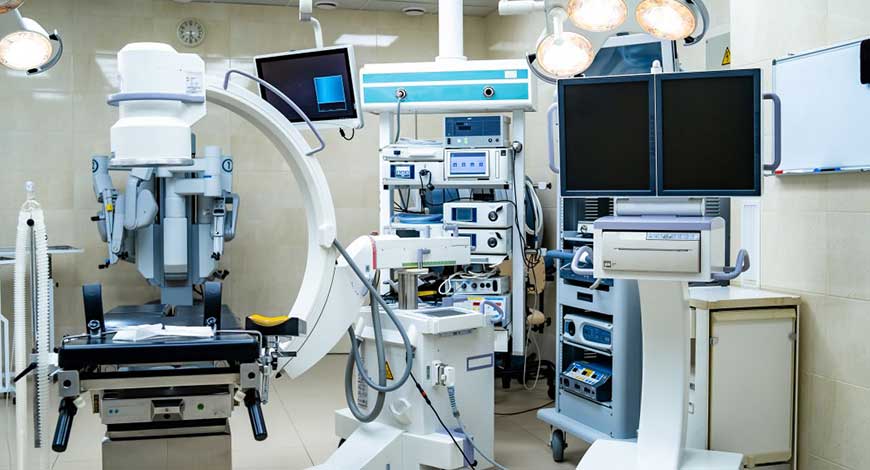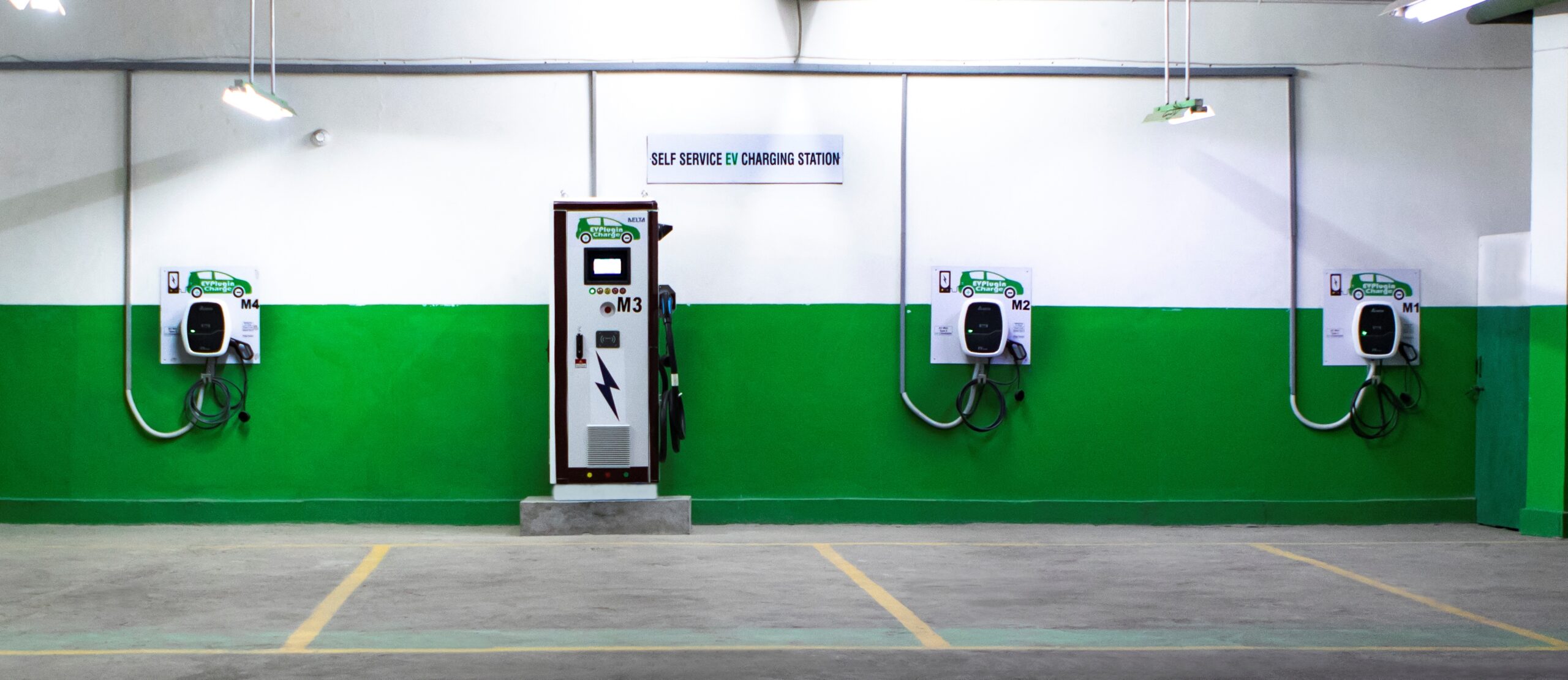All eyes are on July 23 as Finance Minister Nirmala Sitharaman prepares to unveil her 7th consecutive budget. Sources hint that she might introduce a new scheme to enhance medical device manufacturing in the country.
“This is proposed as an overarching umbrella scheme, which will set standards and include price controls, not limited to specific types of medical devices but also covering consumables such as dressings, needles, and syringes,” they added.
According to sources, the scheme aims to enhance quality and reduce dependence on imports.
“Budget 2024 is expected to introduce a New Scheme to Boost Medical Device Manufacturing. Under this scheme, the government may propose that medical devices conform to new codes set by the Quality Council of India and the Bureau of Indian Standards. These agencies will establish initial norms and standards, which the entire industry must follow to obtain approvals,” they said.
Some key features of the scheme may include post-market surveillance, regulatory streamlining, and clinical evaluation of medical devices.
“It will also focus on strengthening manufacturing, improving quality, and promoting ‘Make in India’,” sources said. “The new policy may propose a marketing practice code and price controls similar to those for drugs,” they added.
The nodal ministry, the Department of Pharmaceuticals, will oversee the scheme under the Ministry of Chemicals and Fertilisers.
Currently, India imports medical devices worth $8.18 billion and exports $3.8 billion in FY2023-24. In consumables, India imported $1.2 billion and exported $1.7 billion during the same period (consumables include items like dressings, syringes, needles, disposable equipment, bags, catheters, etc.).
However, the Finance Ministry is still evaluating the details of the new scheme, which has yet to be finalized, sources added.
The new medical device scheme under consideration will not be limited to any particular category and will encompass all types and segments of medical devices, operating separately from the existing PLI scheme, sources clarified.
India currently has a separate PLI scheme for medical devices, which sources noted will continue independently.
The Production Linked Incentive (PLI) Scheme for Medical Devices aims to provide financial incentives to boost domestic manufacturing and attract significant investments in segments such as cancer care devices, radiology and imaging devices, anesthetics devices, and implants.
Earlier this year, the government inaugurated 27 greenfield bulk drug park projects and 13 greenfield manufacturing plants for medical devices.
According to government claims, prior to the PLI scheme, India imported 90% of its medical devices. After its introduction, net imports decreased for the first time in 2023.
The medical devices industry is considered one of India’s sunrise sectors, with exports growing steadily at a CAGR of around 14% since FY 2019-20. The current market size is estimated at US$11 billion and is expected to surpass US$30 billion by 2050.
The Indian Medical Device Sector has faced challenges such as high manufacturing costs compared to competing economies, inadequate infrastructure, limited domestic supply chains and logistics, high financing costs, limited design capabilities, and low focus on research and development (R&D).
To address these challenges and promote domestic manufacturing and investments in the sector, the Department of Pharmaceuticals launched the PLI Scheme for Promotion of Domestic Manufacturing of Medical Devices, with a total financial outlay of ₹3,420 crore for the period 2020-21 to 2027-28.
Under the PLI scheme, selected companies receive financial incentives equivalent to 5% of incremental sales of medical devices manufactured in India, covering four target segments: (1) Cancer care equipment, (2) Imaging Devices, (3) Critical care devices, and (4) Body implants.



